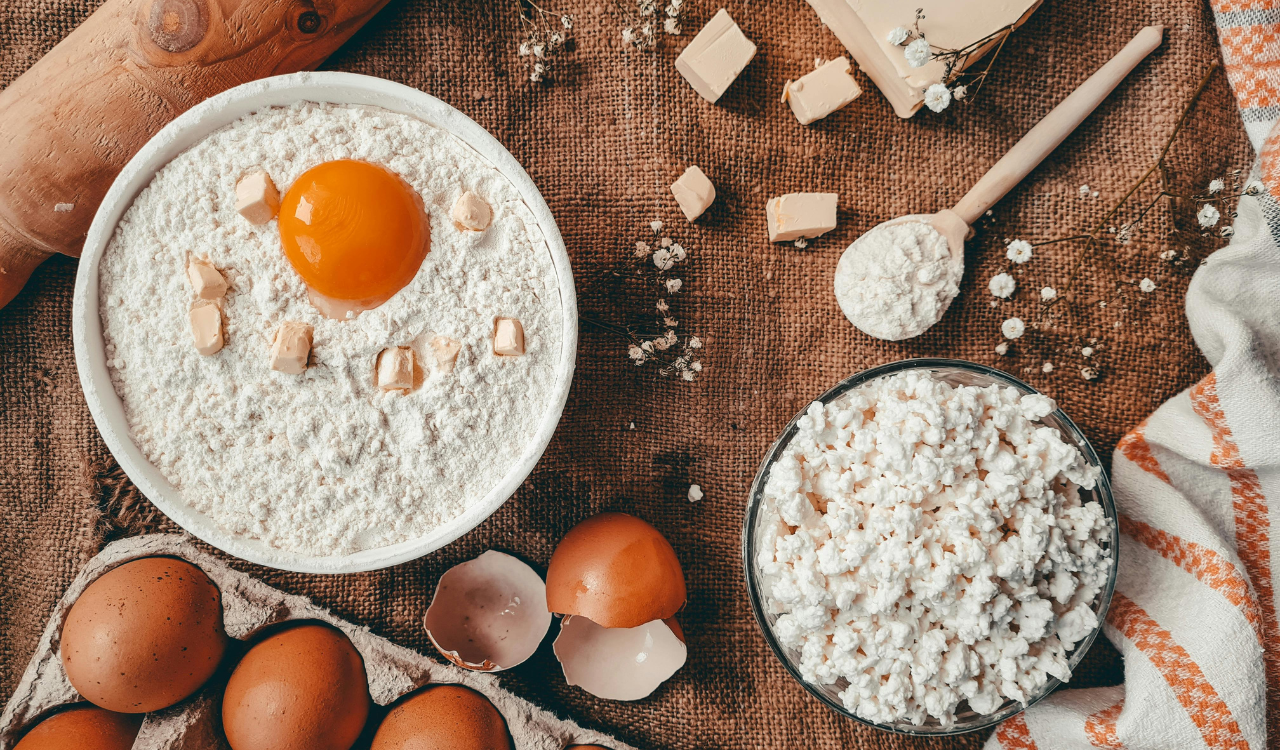15 Foods That Feel Too Pricey In 2025 And Smart Swaps To Try

2025 has seen a sharp increase in grocery prices, making many common foods seem excessively costly. At checkout, it’s easy to feel the pinch on once-affordable snacks and basic proteins. However, reducing doesn’t have to mean compromising on nutrition or quality. These 15 expensive foods have clever, filling alternatives that are less expensive and equally delicious. These changes can help you cut your food expenses without sacrificing your meals, whether you’re shopping for a family or simply trying to stretch your money.
1. Avocados → Hummus or Mashed Green Peas

In some places, avocados can cost over $2 each, making them a luxury fruit. Choose mashed green peas with lemon and olive oil or hummus as a substitute for creamy toppings. Both offer fiber, good fats, and that beloved smooth texture. While peas add a hint of natural sweetness, chickpeas in hummus also provide a protein boost. These substitutions make excellent dips, wraps, or toast.
2. Almonds → Sunflower Seeds

Due to increased water use and worldwide demand, almond prices are still rising. A wise substitute? sunflower seeds that have been roasted. They still satisfy your craving for a crunchy snack, are less expensive, and are loaded with nutrients like magnesium and vitamin E. Add them to yogurt, salads, or sunflower seed butter. They are a more inclusive option because they are also allergy-friendly for those who avoid tree nuts.
3. Salmon → Canned Tuna or Sardines

Nowadays, fresh salmon seems more like a luxury than a necessity. Cost-effective, shelf-stable, and high in protein and omega-3s are canned tuna and sardines. Sardines give toast, grain bowls, or even pizza a burst of flavor, while tuna is great in salads, wraps, or pasta. For improved flavor and nutrition, choose types that are packed in olive oil. These alternatives provide seafood’s health advantages without the high price tag.
4. Berries → Frozen Mixed Fruit

Although fresh berries have always been expensive, they are frequently out of reach in 2025 unless they are in season. Generally speaking, frozen mixed fruit; such as blueberries, pineapple, mango, or strawberries; is less expensive, lasts longer, and keeps its nutrients. You can thaw them for snacking or use them in baked goods, oatmeal, and smoothies. Additionally, since frozen berries don’t spoil as quickly as fresh berries do, purchasing them minimizes waste.
5. Greek Yogurt → Plain Yogurt with Protein Add-ins

Due to increased production costs, Greek yogurt has become more expensive. Rather, purchase plain, non-Greek yogurt and add cottage cheese, chia seeds, or powdered peanut butter to increase its protein content. It will cost less and have the same tangy flavor and creamy texture. You can customize this high-protein snack without breaking the bank by adding fruit or honey for sweetness.
6. Cold-Pressed Juices → DIY Fruit & Veg Smoothies

Cold-pressed juices can cost as much as a small meal, making them a luxury. A better option? Use frozen produce, water, or a little juice to make fruit and vegetable smoothies at home. You save a lot of money, manage the sweetness, and retain more fiber, which juices remove. For a nutrient-dense, cost-effective beverage, blend banana with frozen berries, spinach, and a squeeze of citrus.
7. Organic Chicken Breasts → Bone-In Thighs or Drumsticks

The price of organic boneless chicken breasts has doubled in recent years. Bone-in drumsticks and thighs are much less expensive and have a more flavorful, juicy texture. You can shred the meat for tacos, soups, and casseroles, or you can roast them or slow-cook them. Over time, you can save money by purchasing in bulk and freezing portions without sacrificing the necessary amount of protein.
8. Pre-Shredded Cheese → Block Cheese

Although shredded cheese is convenient, the cost is higher. Generally speaking, a block of cheese costs less per ounce and doesn’t contain anti-caking agents that degrade melt quality. Use a food processor or grater to shred it yourself. Bonus: in dishes like baked casseroles, pasta, and quesadillas, it melts more easily and tastes fresher.
9. Bagged Salad Mixes → Whole Lettuce or Cabbage

Although bagged salad mixes are simple, they are highly branded and quickly go bad. Whole heads of cabbage or lettuce provide more servings, are less expensive, and remain fresher for longer. To save time later, you can chop a batch all at once and store it in an airtight container. Add shredded carrots, cucumbers, or herbs to make your own unique salad blend for even more value.
10. Plant-Based Meat → Lentils or Mushrooms

Prices have increased significantly in 2025 due to increased demand for plant-based meat. Try lentils or chopped mushrooms for a healthy and reasonably priced substitute. Tacos, burgers, and pasta sauces all benefit from the protein and fiber that lentils provide. The taste and texture of mushrooms are savory and meaty. Combine the two to create a filling that is substantial, inexpensive, and additive-free.
11. Maple Syrup → Honey or Date Syrup

Due to shortages brought on by climate change, the price of pure maple syrup is still rising. Use date syrup or honey as an alternative. Honey is widely accessible, a little less expensive, and still gives baked goods, yogurt, and oatmeal a rich sweetness. Another natural sweetener that provides antioxidants, fiber, and a caramel-like flavor is date syrup, which is made from blended dates.
12. Bottled Coffee Drinks → Cold Brew Concentrate at Home

Coffees that are ready to drink are convenient, but they can get expensive over time. Instead, use water and coarsely ground beans to make your own cold brew concentrate at home. Steep overnight, strain, and refrigerate. It can be diluted with water or milk as needed and lasts for a few days. While still getting your daily fix of coffee, you’ll save money and lessen packaging waste.
13. Packaged Snack Bars → Homemade Energy Bites

Snack bars are convenient to have on hand, but they are frequently too expensive for what they offer. Use oats, nut butter, seeds, and dried fruit to make energy bites at home. They are much less expensive per serving, freezer-friendly, and customizable. While keeping ingredients under control, you stay away from added sugars and preservatives. Store some in the refrigerator so you can reach for one whenever you need a quick pick-me-up.
14. Eggs → Tofu or Chickpea Flour Scrambles

In certain places, eggs are less affordable because their prices have stayed erratic. Try a tofu scramble or an alternative made with chickpea flour if you’re flexible. When seasoned, tofu effectively mimics scrambled eggs and absorbs flavor. You can make protein-rich, egg-like scrambles or omelets with chickpea flour (also known as gram or besan). Both choices are reasonably priced, satisfying, and excellent for lunch or breakfast.
15. Cereal → Overnight Oats or Bulk Oatmeal

Cereal in boxes, especially name-brand varieties, has subtly become a luxury good. Use bulk oats and prepare overnight oats or warm bowls with your own toppings to avoid paying for sugar and packaging. Add a spoonful of peanut butter, nuts, seeds, or fruits. It’s a fraction of the price, filling, and customizable. Oats are also higher in nutrients and provide longer-lasting fullness than most cereals.





